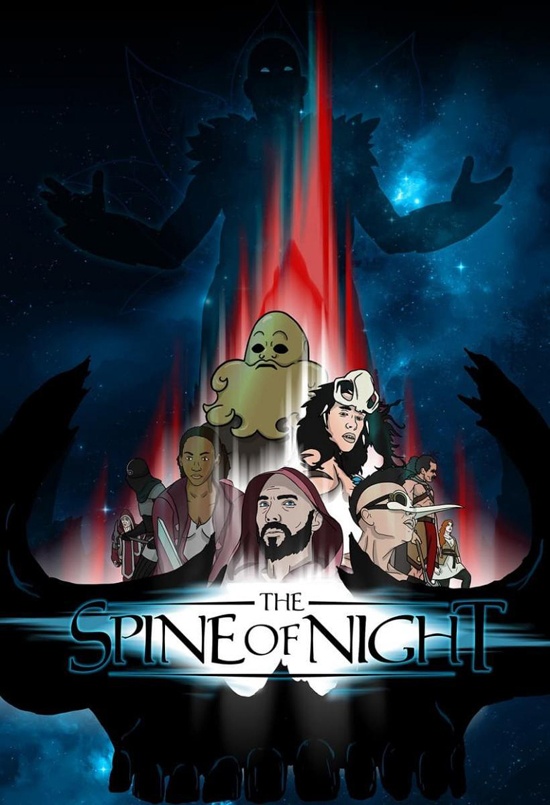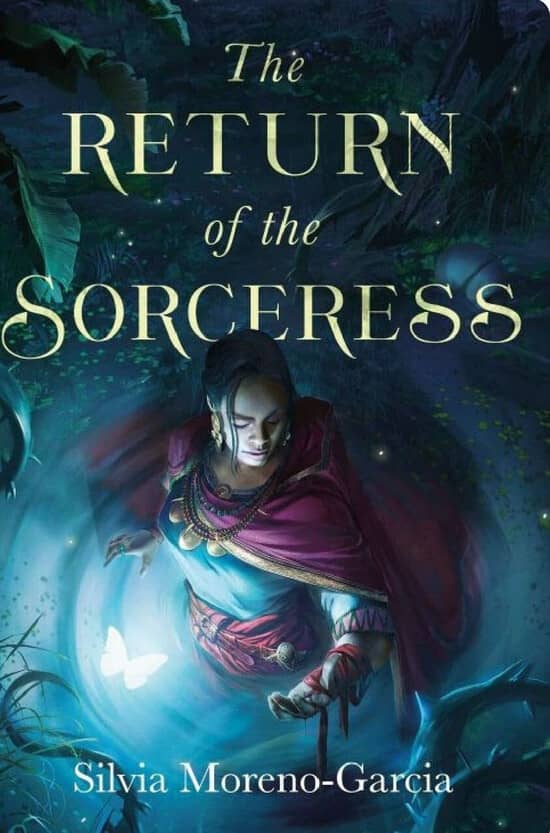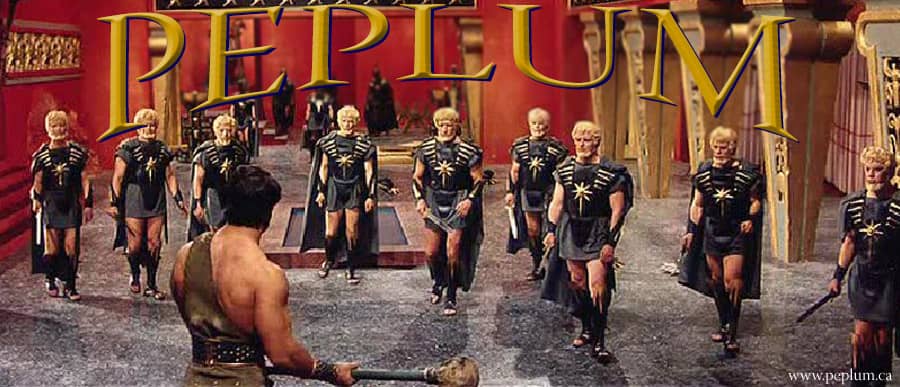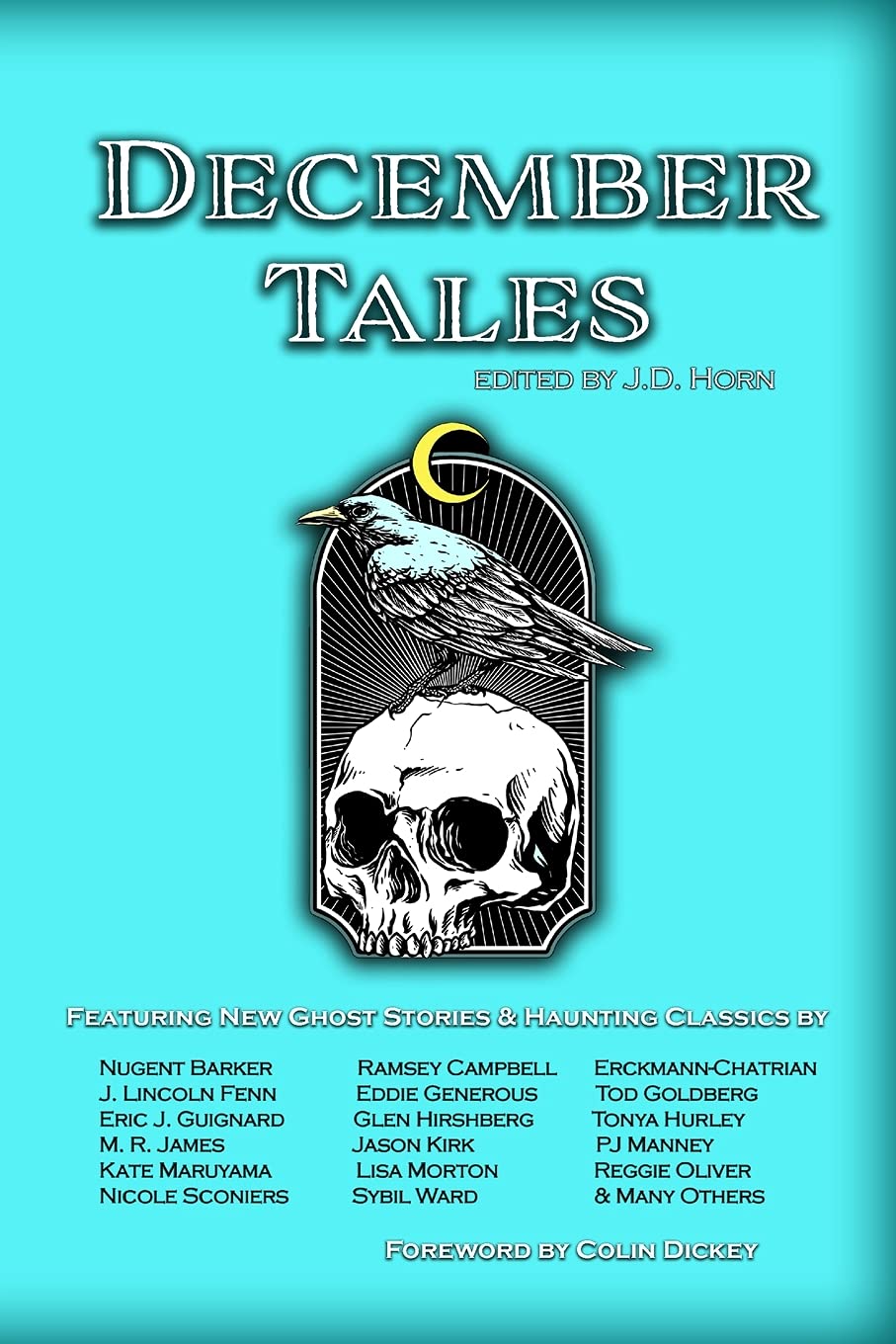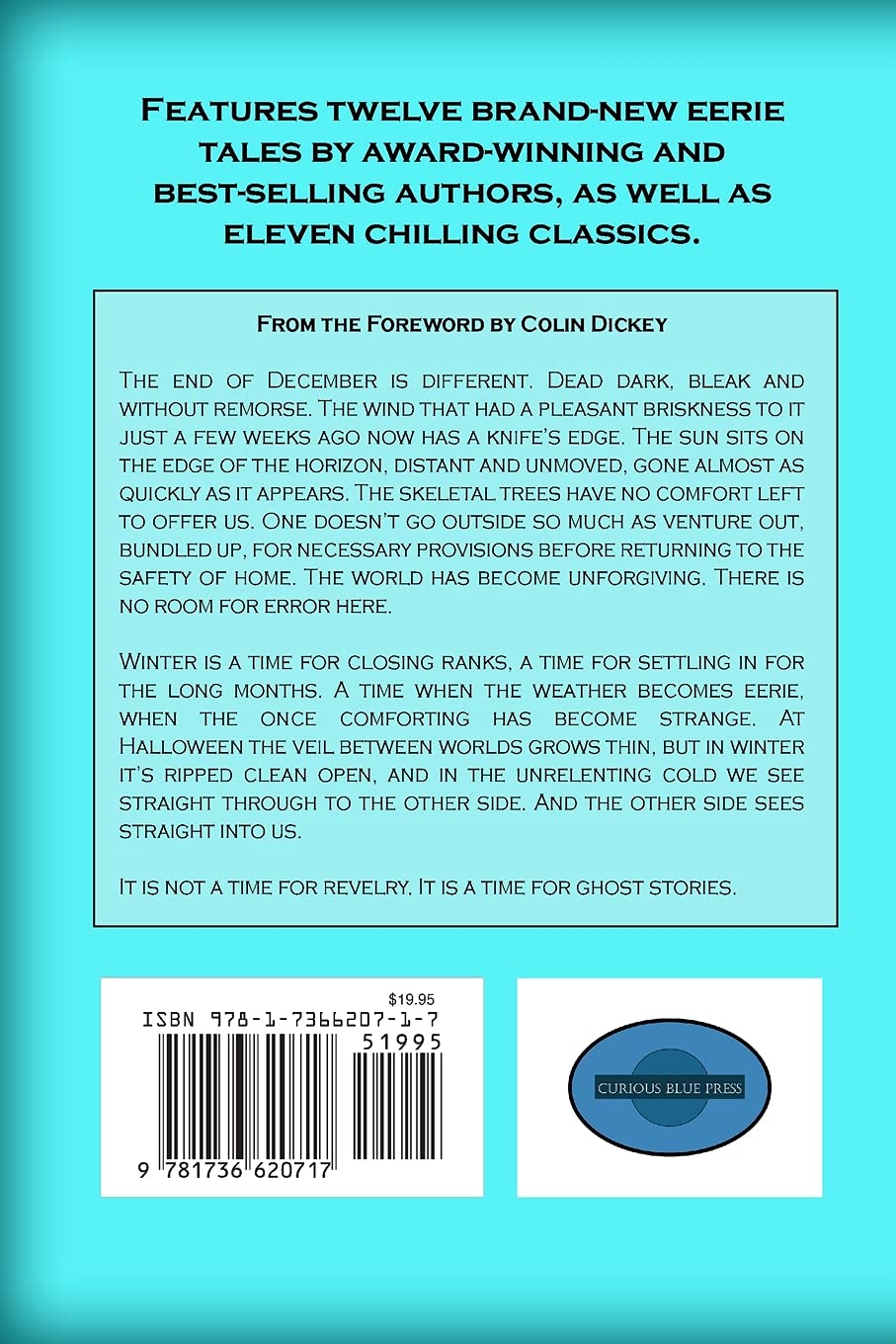Fantasia 2021, Part XXXIII: Mill of the Stone Women
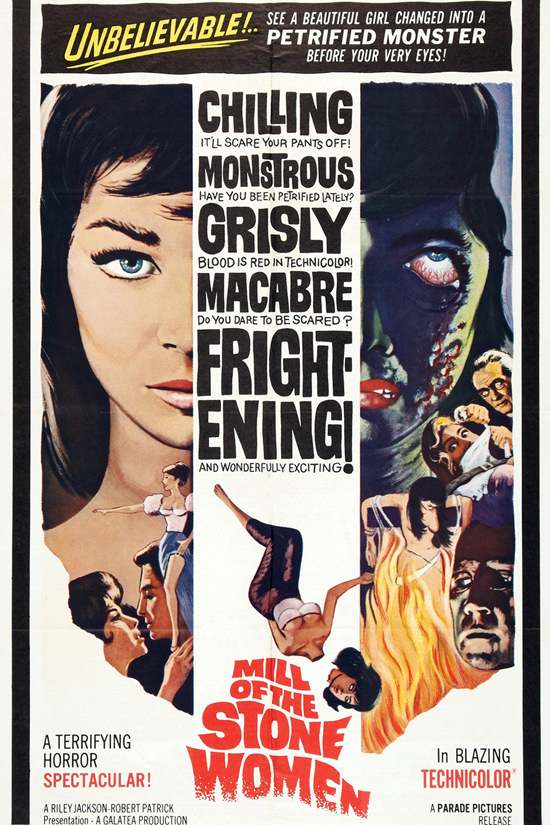 Directed by Giorgio Ferroni, Mill of the Stone Women (Il mulino delle donne di pietra) was released in 1960. The first colour Italian horror film, its striking hues would influence Mario Bava in 1964’s Blood and Black Lace, and through him the emerging giallo genre. Arrow Video’s restored the film to its full original lushness, and the Fantasia Film Festiva screened the restoration. I was fascinated by the film’s imagery and tone; Mill captures a colourful gothic sensibility that echoes early Hammer Studios productions, a classic movie gothic that implies a world in which all sorts of horrors and monsters may exist.
Directed by Giorgio Ferroni, Mill of the Stone Women (Il mulino delle donne di pietra) was released in 1960. The first colour Italian horror film, its striking hues would influence Mario Bava in 1964’s Blood and Black Lace, and through him the emerging giallo genre. Arrow Video’s restored the film to its full original lushness, and the Fantasia Film Festiva screened the restoration. I was fascinated by the film’s imagery and tone; Mill captures a colourful gothic sensibility that echoes early Hammer Studios productions, a classic movie gothic that implies a world in which all sorts of horrors and monsters may exist.
(The writing credit for the film involves its own bit of gothic misdirection. Ferroni was involved in reworking a script by Remigio Del Grosso, Ugo Liberatore, and Giorgio Stegani, and the onscreen credits claim the film was based on a tale by Pieter van Weigen in his book Flemish Tales. But in fact there is no writer named Pieter van Weigen, and no book by him named Flemish Tales. Early gothic novels often used the device of false attributions to some nonexistent source — look at Horace Walpole’s Castle of Otranto, which he originally claimed to be a medieval manuscript — and it’s amusing to see that game played here, a couple hundred years later in a different artform.)
Mill brings us an involved story set around the turn of the twentieth century. It follows a writer, Hans von Arnim (Pierre Brice), who travels to the well-known Mill of the Stone Women to write an article about the Mill’s pageant of lifelike statues, the stone women, put on display by the mysterious Professor Gregorius Wahl (Herbert A.E. Böhme). At the mill, Hans finds several mysteries, among them the professor’s beautiful daughter Elfie (Scilla Gabel) who is attended by her own live-in doctor, Loren Bohlem (Wolfgang Preiss). Hans is drawn to Elfie, and begins to uncover the secrets of the mill, putting himself in terrible danger.

